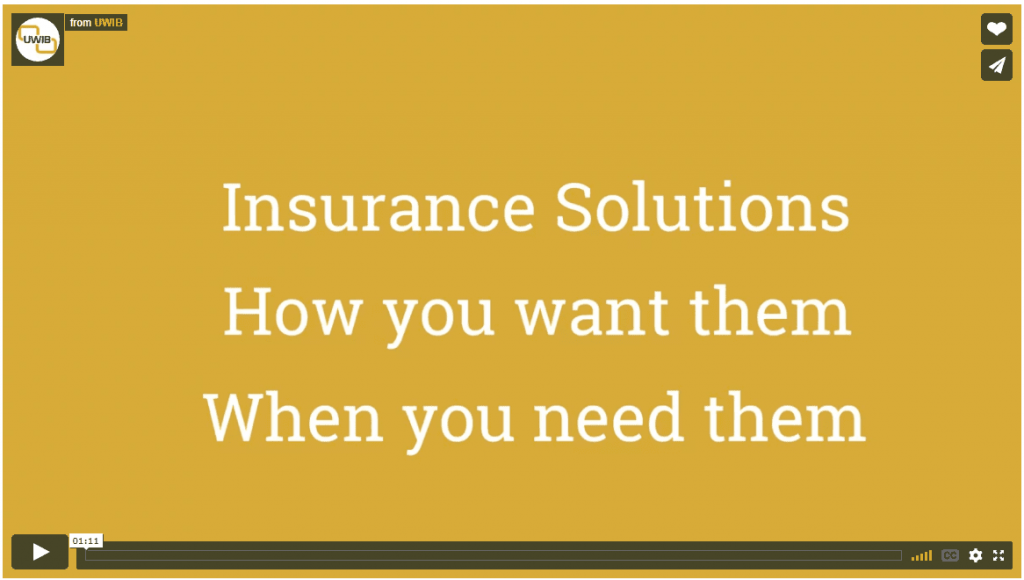It’s that time of year when spring cleaning is on the minds of many people. You know – clean the house, garage, or anything else that’s become cluttered over the winter.
But have you thought about spring cleaning your goals? It’s not the same as tossing things to the curb or donating them to a worthy cause, but rather a reassessment.
That said, now’s the time to do a goal check-up and monitor your progress toward reaching them. Here are some suggestions:
1. Take time for reflection
Before you look towards the future, you need to take a good look at the past. Assess your successes and failures over the past few months, and give yourself credit for any goals that you’ve accomplished, no matter how small.
Ask yourself what can improve and what you wish you had done but didn’t. There’s no need to be hard on yourself. You want to be honest.
2. Examine why some goals got off-track
There are always reasons why a goal is off-track. If it involves your business or organization, perhaps it’s due to a lack of resources or a leadership issue. If the goal has become so far off-track that it’s impossible, you may want to reset and create a new goal.
3. Get rid of what you no longer need
Spring cleaning means getting rid of things that aren’t essential. The same rule applies to your goals. Ask yourself: Is everything I’ve spent the last few months working on crucial? Think of ways that you can cut back on non-essential activities.
Consider your responsibilities and which ones aren’t truly your own. Think about what duties you can phase out of your life.
Are there emotions, such as jealousy, resentments, or anger holding you back? We all experience those emotions from time to time, but an overload of them is counterproductive. Focus on the positive instead.
4. Pick a time to evaluate and reset your goals
Another way to stay on top of your goals is to choose a day each month in which you assess your goals and, if necessary, to reset them. But never reset a goal before understanding why it’s not working in the first place.
5. Create an action plan
Once you’ve reassessed your goals, choose a few of them that you’d like to focus on and create new deadlines (and a new plan) to reach them. Set deadlines for completing little tasks necessary for accomplishing a larger goal.
Setting yourself up for success means having a clear direction and roadmap for where you want to go. Always know your immediate, next step.
Take time to re-evaluate your goals and, if necessary, getting back on track for reaching them. It’s an important part of the journey.
Remember: Goals are fluid. They change and may not be as important now as they were when you originally set them.








